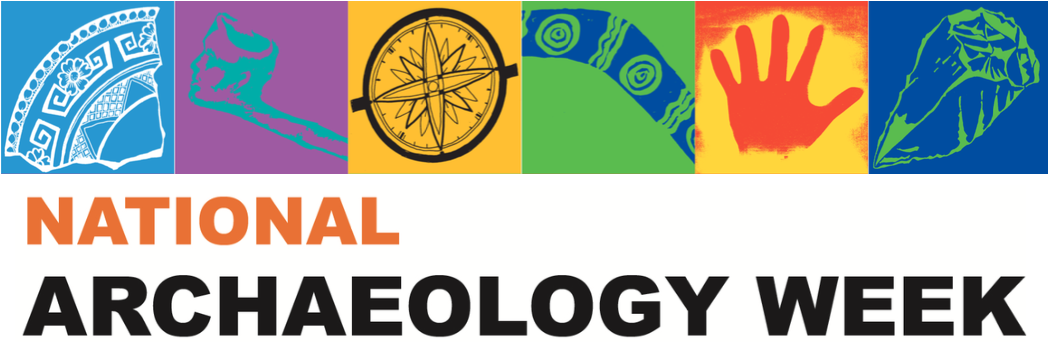Lynley Wallis
Current position
Associate Professor at Griffith University; Principal Archaeologist at Wallis Heritage Consulting
Where did you study?
I did my undergraduate and honours years at the University of Western Australia in Perth, and then did my PhD at The Australian National University in Canberra.
How did you become interested in archaeology?
As a child I was apparently always intrigued by the “old people” and the “olden times”. I started my degree without a firm idea about what I wanted to specialise in, but thinking that archaeology would be interesting. Towards the end of my first year one of the archaeology graduate students came in to our lecture and asked if anyone would like to volunteer over the summer on his PhD fieldwork at a beach in southwest Western Australia. When he flashed a photo of his field area up on the screen I realized it was where my family had a beach shack and I would be down there anyway, so I volunteered, and thus my journey began.
What archaeological projects are you working on at the moment?
My time is split between several major field areas at present. I am just putting the finishing touches on a four year project investigating the archaeology of the Native Mounted Police which has covered all of Queensland, before we start a new five year project that is focused on archaeology and rock art in the sandstone country of southeast Cape York Peninsula. As well as that, I am working on a desktop study of open sites in the Pilbara region of WA, and also serve as the cultural heritage advisor to the Gundjeihmi Aboriginal Corporation who represents the Mirarr people in Kakadu National Park, which means I get to hang out with the Djurrubu Rangers and do lots of site recording and monitoring of amazing rock art sites with them.
Tell us about one of your most interesting archaeological discoveries.
About 15 years ago I was working with the Ngarrindjeri people down at the Coorong (at the mouth of the Murray River in South Australia), doing an emergency salvage excavation of some human remains that were eroding from a sand-dune which had been "ripped" by a local farmer to try and control a rampant rabbit population. After a few days of working on the human remains, we realised that immediately adjacent to them, still undisturbed, was a traditional burial platform (albeit collapsed) which would have been used to perform the after death mortuary rites. While our Ngarrindjeri colleagues knew a lot about how they had been built and used, no such sites had ever been documented in the archaeological record, so it was a pretty unique find.
Tell us about a funny / disastrous / amazing experience that you have had while doing archaeology.
There are so many that it's hard to pick just one. I particularly get a laugh out of remembering when we got our 4WD bogged in a river - like, proper bogged - and we had to hike 5 hours back to the nearest homestead. Of course no-one was around that weekend, but we did manage to find a beat up "fire truck" to drive back to the river to pick everyone else up, which we continued to use until the station hands came back a few days later. During those days waiting we had to leave the 4WD bogged in the river for 3 days. When the station hands came back and went with us to the river to pull us out, they got their vehicle bogged too. In the end it took a large tractor to drag both vehicles out, and I owed quite a few of the station hands quite a few bottles of rum as a gesture of thanks for their help. We never told the 4WD hire company that we'd nearly lost their vehicle for good.
What’s your favourite part of being an archaeologist?
It's a combination of the interesting people I get to meet and the fantastic locations we get to do fieldwork in. Although we spend a lot of time in the lab and in the office, we also spend a huge amount of time in stunning remote locations for which I feel very privileged.
Follow up reading.
Cole, N., L.A. Wallis, H. Burke, B. Barker and Rinyirru Aboriginal Corporation 2020 ‘On the brink of a fever stricken swamp’: culturally modified trees and land-people relationships at the Boralga Native Mounted Police camp, Cape York Peninsula. Australian Archaeology. DOI: 10.1080/03122417.2020.1749371
Free downloads are available at: https://www.tandfonline.com/eprint/TQ4MKEMGEZ97BMTBUWWA/full?target=10.1080/03122417.2020.1749371

